This review is spoiler free.
Across eight one-shot adaptations, the series explores identity, loss, longing and transformation through a mix of surrealism, tenderness and violent emotional honesty. Each short feels like a window into the artist he would later become. As someone moved deeply by the fragility and sincerity of Reze in Chainsaw Man, I found this anthology equally intimate and revealing.
Episode 1 – A Couple Clucking Chickens Were Still Kickin’ in the Schoolyard
The series opens with a strange, humorous and unsettling story about two disguised aliens hiding among humans. Fujimoto uses absurdity as misdirection for deeper emotional themes. The tension between survival and selfhood gives the episode weight, while the animation balances cartoony designs with eerie unease. It’s a strong thematic introduction to the anthology.
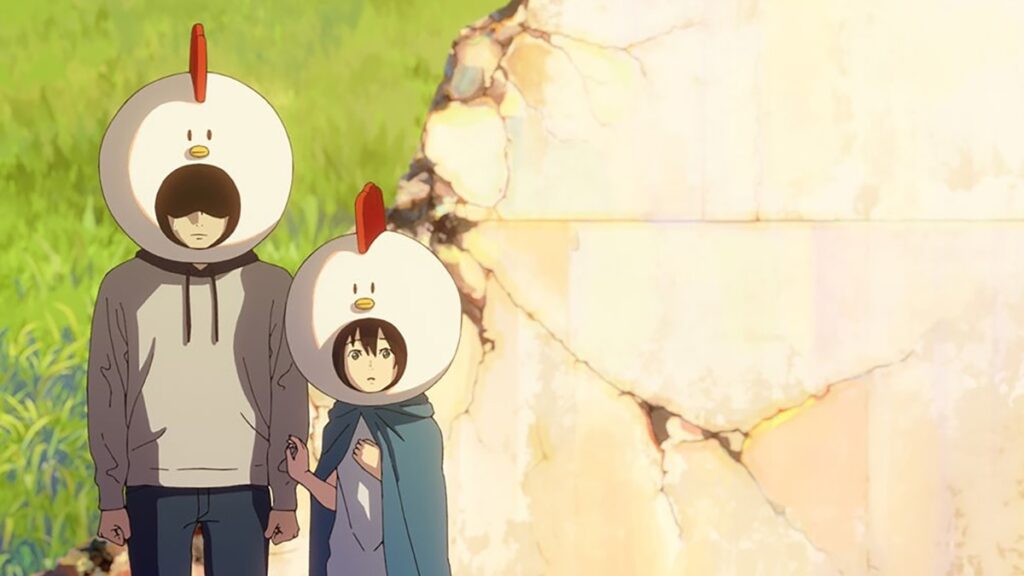
Episode 2 – Sasaki Stopped a Bullet
A classroom crush spirals into a moment of sudden violence that reveals how fragile the line can be between admiration and trauma. The tone shifts quickly from comedic to harrowing. Fujimoto’s writing captures the confusion of adolescence, where love, fear and expectation collide in moments we’re never prepared for. The oppressive framing and stark lighting intensify the emotional impact.
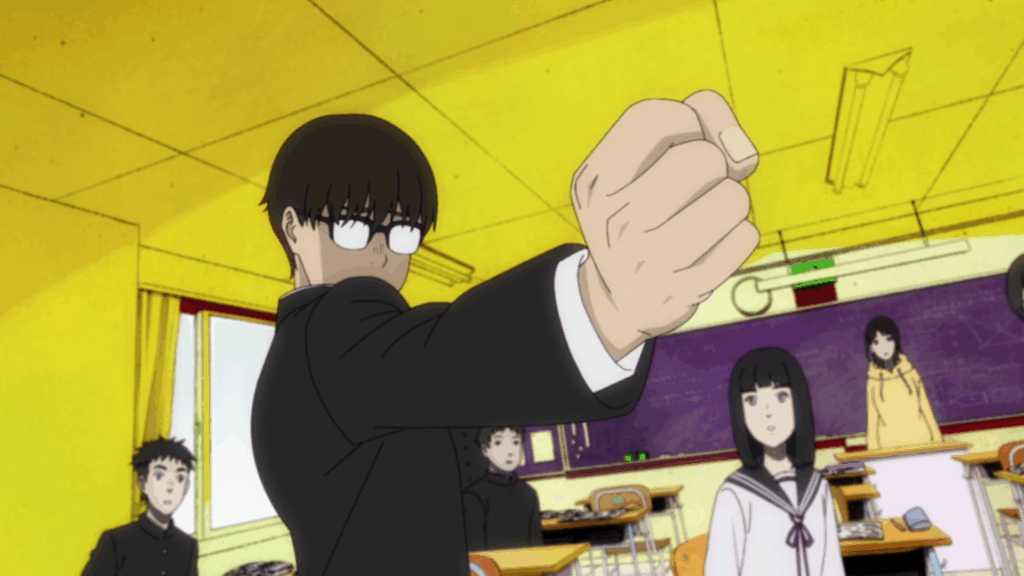
Episode 3 – Love Is Blind
One of the anthology’s sweetest entries. A boy faces the possibility of losing contact with the girl he’s quietly adored, and the story builds around that single, delicate moment. Fujimoto leans into awkward sincerity, allowing silence and hesitations to speak louder than dialogue. It’s simple but earnest, and its emotional honesty makes it memorable.
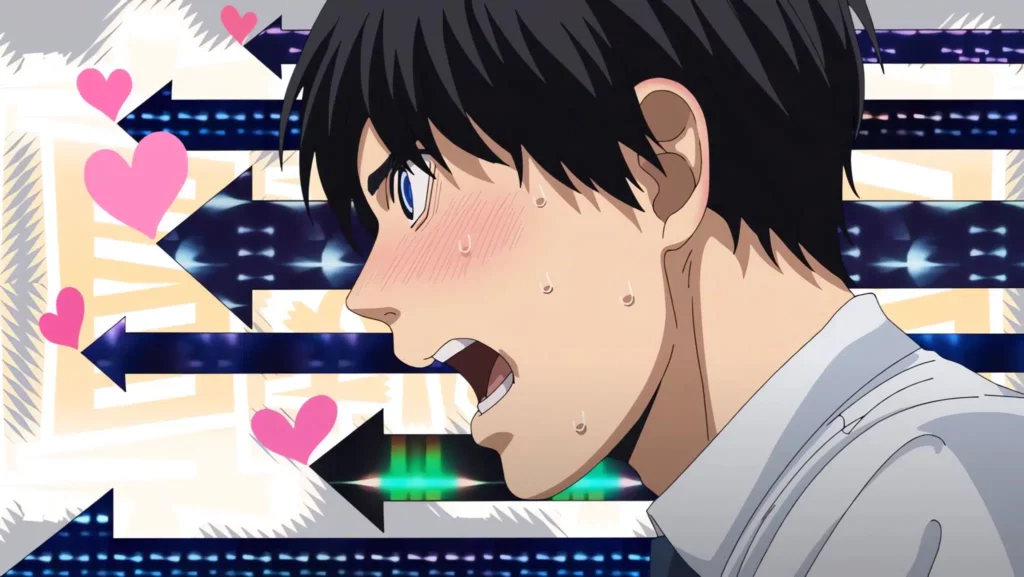
Episode 4 – Shikaku
A gothic fantasy about an immortal vampire hiring an assassin who carries her own scars, literal and emotional. This episode blends sensual atmosphere with existential weight. Themes of mortality, regret and agency take center stage. The visual direction is dark, fluid and moody, giving the world a misty, dangerous beauty. It’s one of the anthology’s strongest pieces.
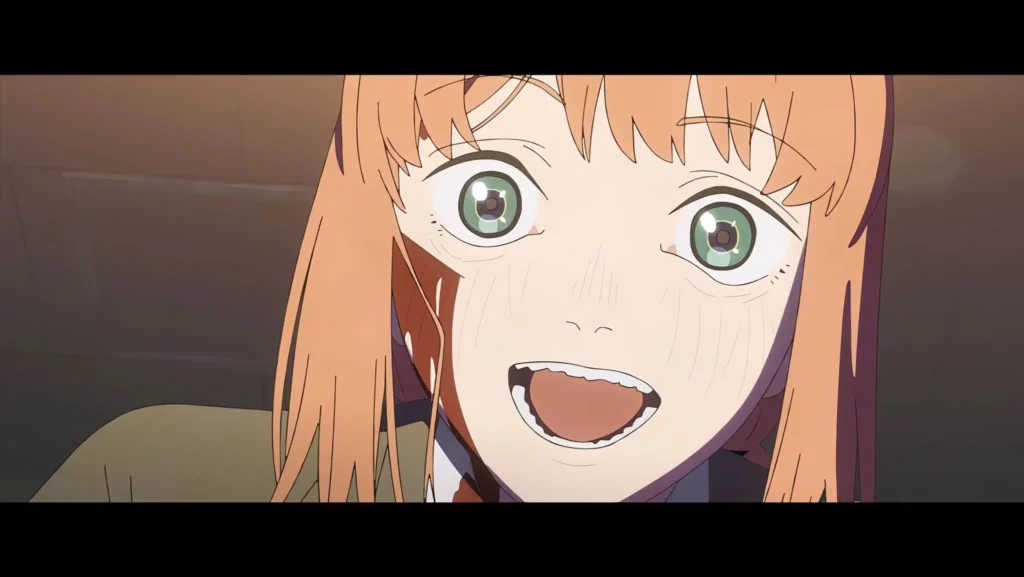
Episode 5 – Mermaid Rhapsody
A lonely boy, an underwater piano and a mermaid with a dangerous appetite form the heart of this ethereal story. The underwater sequences are dreamlike, reflective and tinged with foreboding. Fujimoto weaves innocence with threat, creating a meditation on connection that feels both gentle and unsettling. The pacing allows the emotional undercurrents to settle in slowly.
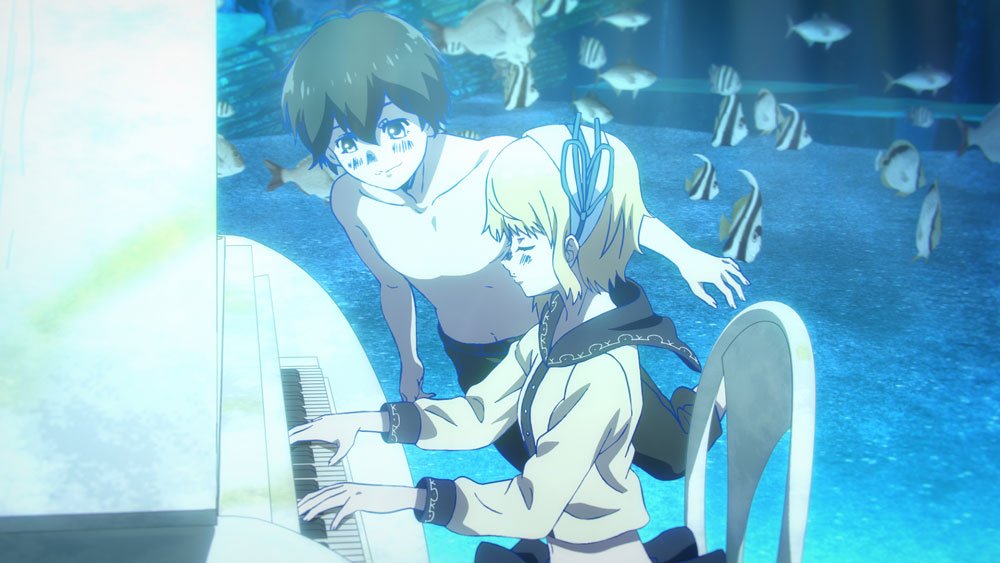
Episode 6 – Woke-Up-as-a-Girl Syndrome
A boy wakes up transformed into a girl due to a strange disease sweeping his school, and Fujimoto approaches the concept with vulnerability instead of comedy. The episode explores identity, discomfort, curiosity and the emotional turbulence of suddenly experiencing the world differently. Humor lightens the tone, but the introspection grounds it. It’s one of the anthology’s most compassionate entries.
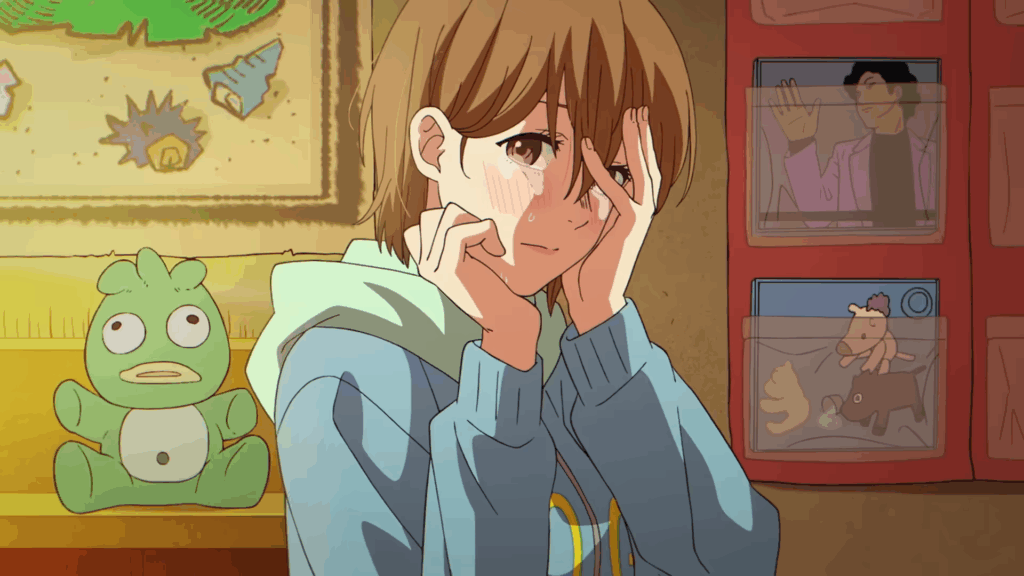
Episode 7 – Nayuta of the Prophecy
This is where Fujimoto’s future legacy becomes unmistakable. The apocalyptic tension, the desperate sibling bond, the sense of the world teetering on collapse and the sharp, kinetic shot composition all feel spiritually connected to Chainsaw Man. The artwork carries that same brutal softness: violent imagery wrapped around an emotional core that refuses to let go. The pacing, the symbolic framing and the emotional volatility made me feel like I was watching a prototype for the storytelling style Fujimoto would later refine. It’s mythic, painful and thrilling.

Episode 8 – Sisters
The final episode captures the fraying bond between two sisters after one paints an unflattering portrait of the other and wins an award. Fujimoto dives into rivalry, insecurity and the fear of drifting apart from someone who once shaped your entire world. The emotional build is quiet and steady, relying on subtle facial expressions and muted color palettes. This is one of the anthology’s most mature and resonant pieces.

Tatsuki Fujimoto: 17-26 is not polished, but that is precisely what makes it special. It is raw emotion, raw imagination and raw honesty. It is the unfiltered voice of a creator still discovering himself.
For me, the most powerful episodes were Shikaku, Woke-Up-as-a-Girl Syndrome and Sisters, while Nayuta of the Prophecy struck me with a rush of Chainsaw Man déjà vu in the best way. Whether you watch it for its art, its melancholy or its emotional daring, the anthology stands as a fascinating portrait of a storyteller in the making.
©TATSUKI FUJIMOTO/SHUEISHA・Tatsuki Fujimoto 17-26 Committee
————
AnimeTV チェーン bringing you the latest anime news direct from Japan ~ anytime! — Your new source of information!




